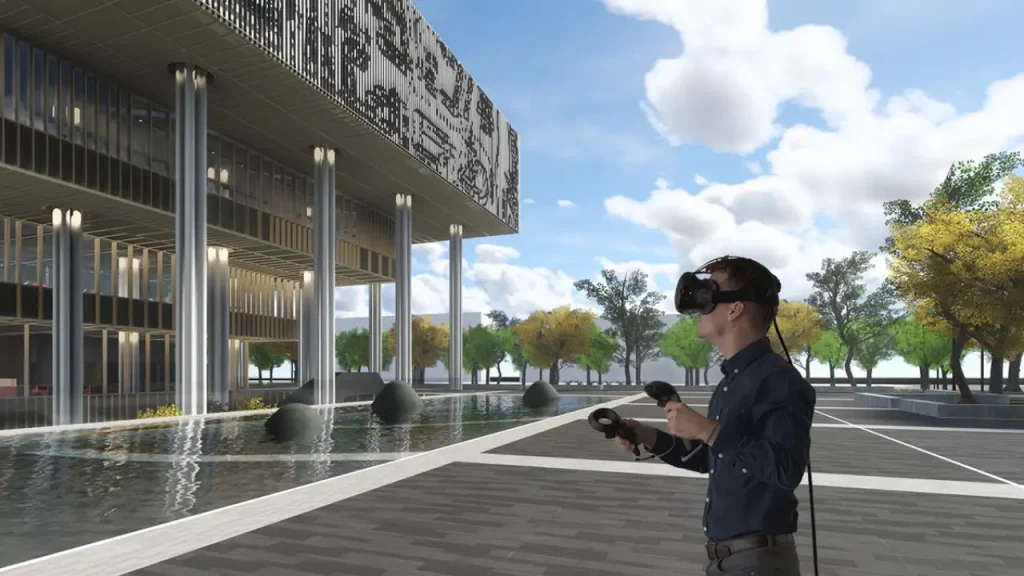
BIM, or Building Information Modeling, is a process that uses computer software to create a 3D model of a building or construction project. The benefits of BIM are many, from improved coordination between designers and engineers to better visualization of the final product. But perhaps one of the most exciting things about BIM is its potential to shape the future of construction. In this blog post, we will explore 5 ways BIM is shaping the future of construction. From reducing waste and saving time to improving safety and communication, BIM is changing the way we build for the better.
What is BIM?
Building information modeling (BIM) is a process that uses computer-aided design (CAD) software to create a three-dimensional (3D) model of a building or other structure. The model contains all the information required to construct the building, including the dimensions of each component, the location of windows and doors, and the types of materials used.
BIM has been used in the construction industry for several years, but its use is growing as more architects and engineers are adopting it. BIM is changing the way construction projects are planned and executed, making the process more efficient and reducing errors.
One of the advantages of BIM is that it allows for better coordination between the different disciplines involved in a construction project. In the past, each discipline would work on its own part of the project with little communication with other disciplines. This often led to errors and delays as each discipline tried to figure out what the others were doing.
With BIM, all disciplines can work on their part of the project at the same time while still being able to see what everyone else is doing. This coordination can save time and money by avoiding mistakes that would otherwise need to be corrected later on.
Another advantage of BIM is that it provides a more realistic view of the finished building. In traditional CAD software, architects and engineers create two-dimensional (2D) drawings that show only a limited view of the structure. With BIM, they can create three
The challenges of BIM

Building Information Modeling (BIM) is a process that uses digital models to manage building data throughout the design, construction, and operation phases of a project. The goal of BIM is to improve communication and collaboration among all project stakeholders, including architects, engineers, contractors, and facility managers.
Despite the many benefits of BIM, there are still some challenges that need to be addressed in order to make it more widely adopted in the construction industry. One challenge is the lack of standardization among software programs. This can make it difficult for different teams to work together on a BIM project. Another challenge is the high up-front cost of implementing BIM, which can be a barrier for small and medium-sized companies. Finally, BIM requires a higher level of coordination and communication among all project stakeholders, which can be challenging to achieve in practice.
How BIM is changing the construction industry
BIM, or Building Information Modeling, is a process that uses digital models to create a virtual representation of a construction project. The model can be used to plan, design, and construct the project. BIM has been around for a while, but it is only recently that it has started to be used in the construction industry.
There are many ways that BIM is changing the construction industry. Firstly, it is making projects more efficient and causing less waste. Secondly, it is improving communication between different teams working on a project. Thirdly, it is making it easier to coordinate complex projects. Finally, BIM is helping to create a more sustainable construction industry by reducing the impact of construction on the environment.
The future of BIM

There is no doubt that BIM is revolutionising the construction industry. It has already transformed the way projects are designed and managed, and is now starting to have a major impact on construction itself. The use of BIM on construction sites is increasing, and the benefits are clear.
BIM can improve safety on construction sites, as it can be used to create a virtual model of the site which can be used to plan out safe routes and identify potential hazards. It can also be used to create accurate as-built models of the project, which can be used for maintenance and operations once the project is completed.
BIM can also improve efficiency on construction sites, as it allows for better coordination between different trades. This can lead to reduced rework and faster completion times. In addition, BIM-enabled machinery and equipment can often work more accurately and with less waste than their traditional counterparts.
Finally, BIM can help create a more sustainable built environment. By allowing for better planning and coordination, BIM can help reduce the amount of material waste on construction sites. In addition, by creating an as-built model of the project, BIM can help ensure that buildings are operated in an energy-efficient manner.
The future of BIM is bright, and it is clear that it will continue to transform the construction industry in a positive way.
Conclusion
BIM is definitely shaping the future of construction in more ways than one. It allows for better coordination between all members of a construction team, helps to improve safety on construction sites, and can even be used to create more energy-efficient buildings. If you’re looking to stay ahead of the curve in the construction industry, then BIM is definitely something you should familiarize yourself with.
Follow us to stay updated on LinkedIn, Facebook, Instagram and Twitter.
